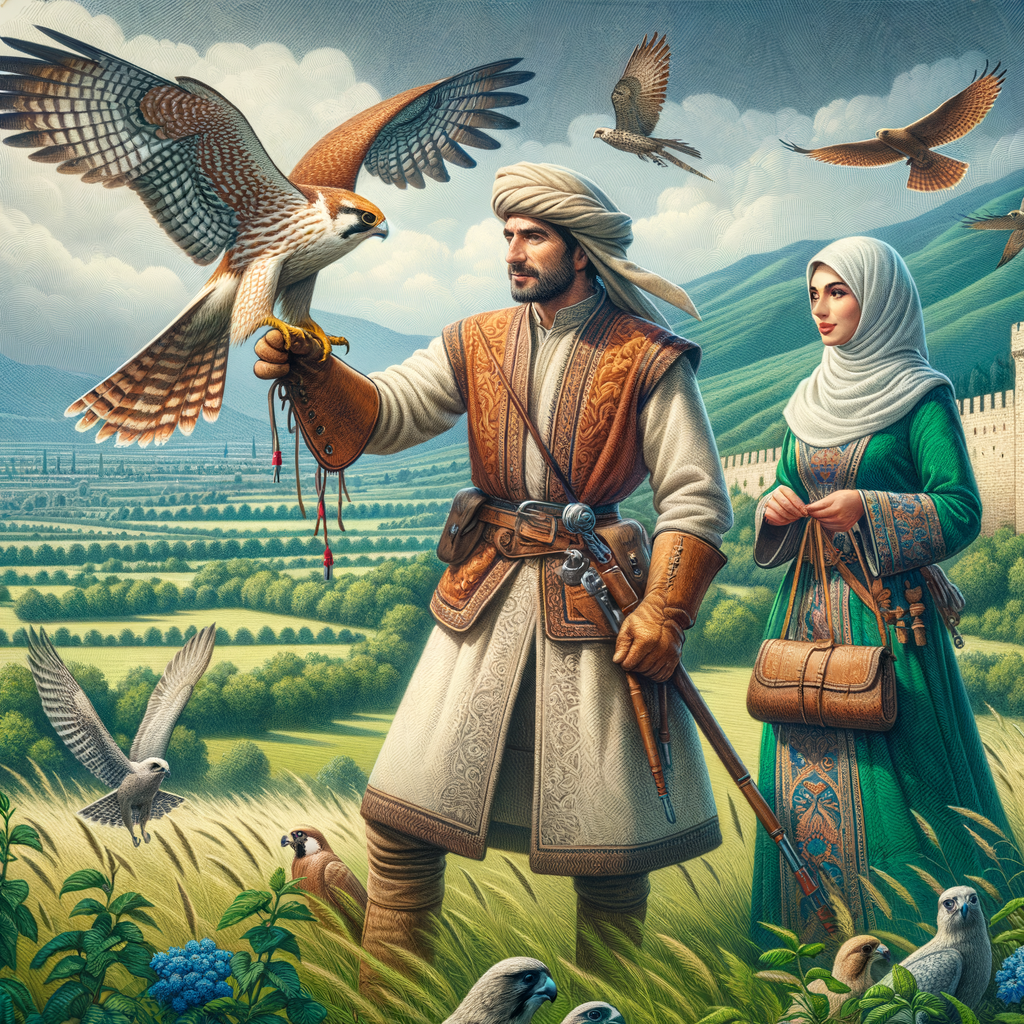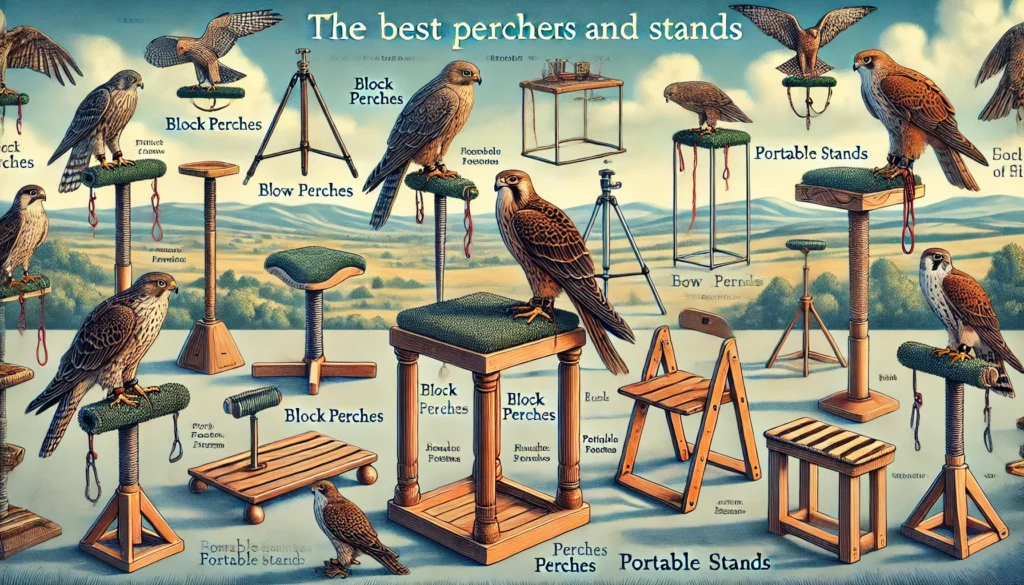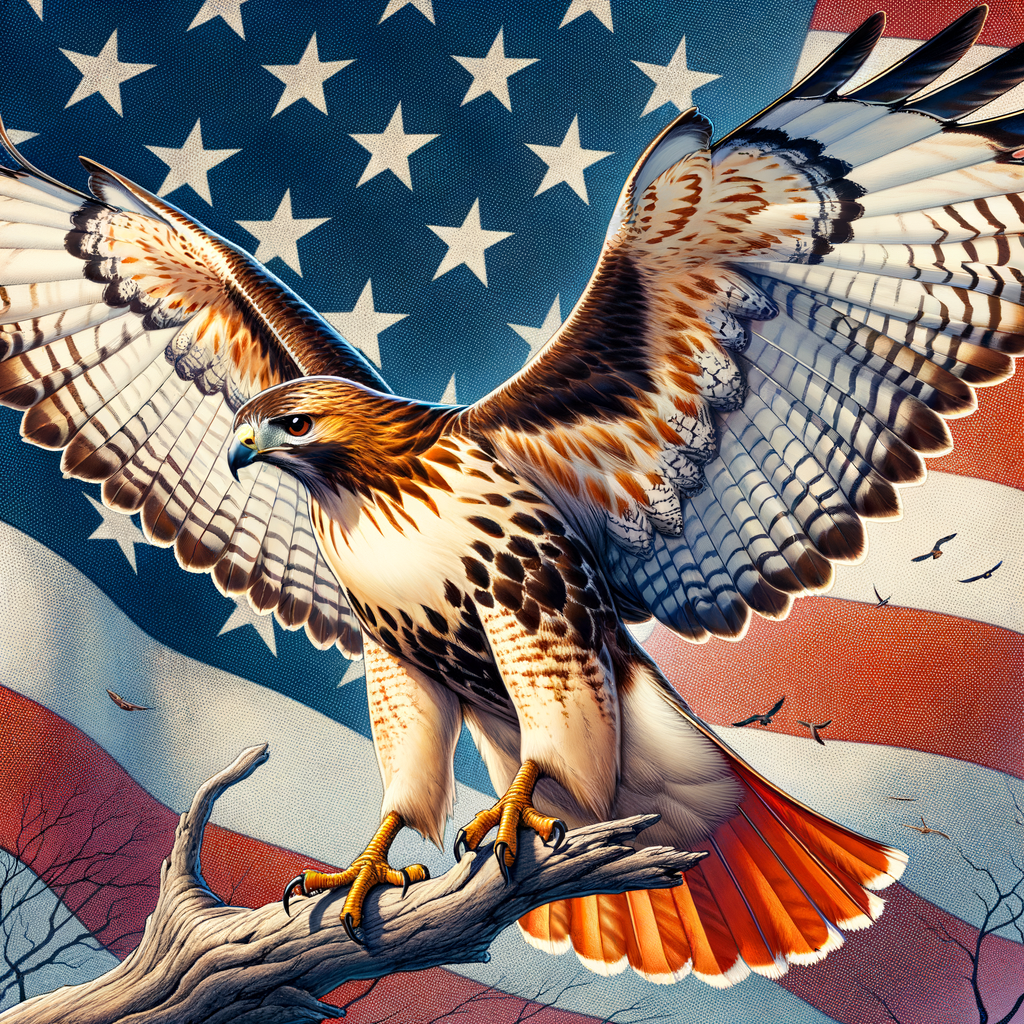Key Highlights from Falconry in European Culture
- Ancient Tradition: Falconry has been practiced in Europe for over a thousand years, connecting humans with nature deeply.
- Cultural Heritage: It’s not just a sport; it’s a valuable part of European culture and history.
- Art and Literature: Falconry has inspired paintings, manuscripts, and even poetry throughout the centuries.
- Royal Activity: Once reserved for nobles and the elite, it was seen as a status symbol and a sign of power.
- Modern Revival: Today, falconry is evolving, blending traditions with modern practices, and seeing a resurgence in popularity.
- Conservation Efforts: Modern falconers are also dedicated to the conservation of birds of prey, protecting these magnificent creatures for future generations.
- Educational Opportunities: Many institutions now offer programs and experiences to learn about the history and practice of falconry.
- Community and Passion: Practitioners of falconry form a tight-knit community, sharing knowledge and a passion for this ancient art.
Falconry in European Culture: A Journey Back in Time
At Learn Falconry, we believe that understanding the roots of falconry in European culture is like unlocking a treasure chest full of ancient tales and wisdom. Just as the Irish bards once captivated audiences with their stories, we aim to captivate you with the legacy of falconry. If you’re curious about how this noble tradition shaped European history, changed social statuses, and continues to amaze people today, keep reading. This article will take you on a thrilling journey through time, where falcons weren’t just birds’they were symbols of power, prestige, and even friendship.
Stay with us as we uncover the spellbinding stories of falconry, where humans and hawks united to create an everlasting legacy. Trust us, you don’t want to miss a single chapter of this adventure!
The Rich History and Traditions of European Falconry
Understanding European Falconry
European falconry, an ancient and prestigious art, has captivated enthusiasts for centuries. It is not just about hunting with birds of prey; it’s a cultural heritage that shows the deep connection between humans and nature. If you’re interested in getting started or just curious about the historical aspects, you can explore more in our Getting Started with Falconry guide.
Falconry in Europe: A Storied Past
Falconry in Europe has its roots in the medieval period. During this time, it was closely associated with nobility and royalty. Kings, queens, and noblemen practiced falconry as a way to display their status and skill. For a deeper dive into these historical roots, visit our article on Falconry in Medieval Europe.
European Falconry Traditions
European falconry traditions are rich and varied, passing down from generation to generation. These traditions include the methods of training birds, the specific types of prey, and even the ceremonial aspects. If you’re interested in the techniques used, check out our Basic Falconry Techniques page.
Common European Falconry Practices
In European falconry practices, the equipment used plays a significant role. Items such as hoods, gloves, and jesses are designed to ensure the safety and effectiveness of both the falconer and the bird. For more details on what you might need, visit our section on Falconry Equipment. Each piece of gear has a specific purpose and supports the overall practice of falconry.
European Falcons: A Key Component
Different species of falcons are used in European falconry, each with unique characteristics suited to various types of hunting and training. Popular species include the Peregrine falcon and the Gyrfalcon. Learn more about these incredible birds by visiting our detailed guides on Species of Falcons.
Legal Aspects of Falconry in Europe
Regulations play a crucial role in the practice of falconry to ensure it is done ethically and sustainably. Laws can vary widely between countries. It’s essential to stay informed about the Legal Aspects of Falconry to ensure you are compliant with local guidelines.
Becoming Part of the Falconry Community
Joining a falconry club can be an excellent way to connect with other enthusiasts and learn from experienced falconers. Many clubs also play a role in conservation efforts. To find a group near you, check out our list of Falconry Clubs.
By understanding and appreciating the rich history and traditions of European falconry, you can better connect with this ancient art form. Whether you’re a seasoned falconer or just beginning, there’s always more to learn about this fascinating practice. For more resources and in-depth articles, explore the extensive content available on Learn Falconry.
The Enchanting World of European Falconry in 2024
Falconry is an ancient art of hunting with birds of prey, and it has a deep-rooted history in Europe. This fascinating tradition continues to thrive, blending historical practices and modern conservation efforts. Let’s dive into various aspects of European falconry in 2024.
Bird of the Year 2024
In 2024, the Peregrine Falcon was honored as the Bird of the Year. This recognition is significant, especially in Hungary where the species had almost vanished. The accolade highlights efforts to reintroduce and conserve this magnificent bird across Europe.
Falconry Demonstrations and Flight Shows
Throughout Europe, falconry is celebrated with numerous demonstrations and flight shows. These events provide an opportunity to witness the incredible skills of raptors like falcons, vultures, and eagles. Here are some key locations and their schedules:
| Location | Time Period | Show Times |
|---|---|---|
| Hohenwerfen Castle, Austria | April to July | 11:15 a.m., 3:15 p.m. |
| ~ | July 15 to August 16 | 11:15 a.m., 2:15 p.m., 4:30 p.m. |
| ~ | August 17 to November | 11:15 a.m., 3:15 p.m. |
| Burg Guttenberg, Germany | March to November | Varies by specific dates |
These demonstrations not only entertain but also educate the public about the ecological importance of raptors.
Historic Falconry Centers
Europe is home to several renowned falconry centers, each with its own unique heritage:
- Hohenwerfen Castle: Located in Austria, this historic center boasts a falconry museum, a historical falcon room, and open grounds for live demonstrations.
- Burg Guttenberg: Known for its interactive exhibits and flight shows, it provides a comprehensive look into the life of raptors.
Falconry Training and Care
Professional falconers play a crucial role in maintaining the tradition of falconry. They undergo rigorous training, often possessing hunters’ and falconers’ licenses, along with expertise in forestry or veterinary science. Birds are housed in specialized facilities, including tower and winter aviaries, ensuring optimal care and training conditions.
Conservation Efforts
Falconry is deeply intertwined with conservation:
- Rehabilitation and Breeding Programs: Falconers actively participate in programs aimed at rehabilitating injured birds and breeding endangered species.
- Public Education: Through demonstrations and exhibitions, falconers educate the public about the importance of raptors and the need for their conservation.
International Organizations and UNESCO Recognition
The International Association for Falconry (IAF) is a key player in promoting and preserving falconry traditions. Accredited by UNESCO as an Intangible Cultural Heritage of Humanity since 2010, the IAF collaborates closely with conservation bodies like the IUCN (International Union for Conservation of Nature).
Falconry in Modern Times
With advancements in technology, modern falconry successfully merges tradition with innovation:
- GPS Tracking: Enhances training techniques and ensures the safety of the birds.
- Festivals and Competitions: Serve as platforms for promoting awareness about bird conservation and the ecological role of raptors.
Falconry thus continues to evolve, fostering an appreciation for these majestic birds while safeguarding their future.
Use this information to get a glimpse into the enchanting world of European falconry, with its rich history, dedicated conservation efforts, and ongoing cultural significance.
The Timeless Art of Falconry in European Culture
Falconry has been an important part of European culture for thousands of years. While it began as a pastime for royalty and the wealthy during the Renaissance, it has evolved into a cherished tradition. From entertaining exhibitions at places like Hohenwerfen Castle in Austria and Burg Guttenberg in Germany, to significant conservation efforts, falconry continues to hold a special place in the hearts of many.
Efforts to conserve birds of prey, such as the peregrine and saker falcons, highlight the importance of this traditional practice in modern times. Enthusiasts and professionals alike work tirelessly to preserve these majestic birds through rehabilitation, breeding programs, and public education. International organizations like the International Association for Falconry play a vital role in these endeavors, ensuring that falconry remains relevant and sustainable.
Moreover, falconry’s recognition by UNESCO as an Intangible Cultural Heritage of Humanity underscores its significance not just as a sport or hobby, but as a vital part of human heritage. As we move forward, blending traditional methods with modern technology, falconry will undoubtedly continue to inspire awe and contribute to the appreciation and conservation of nature.
So, whether you’re witnessing a thrilling flight demonstration or participating in conservation efforts, falconry offers a unique window into the rich tapestry of European culture, providing both educational and unforgettable experiences.



